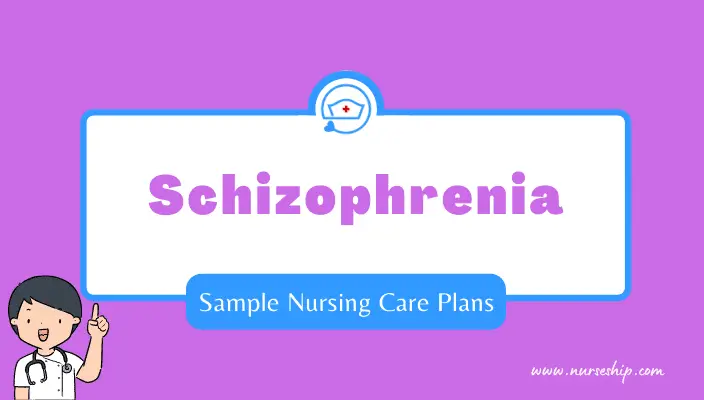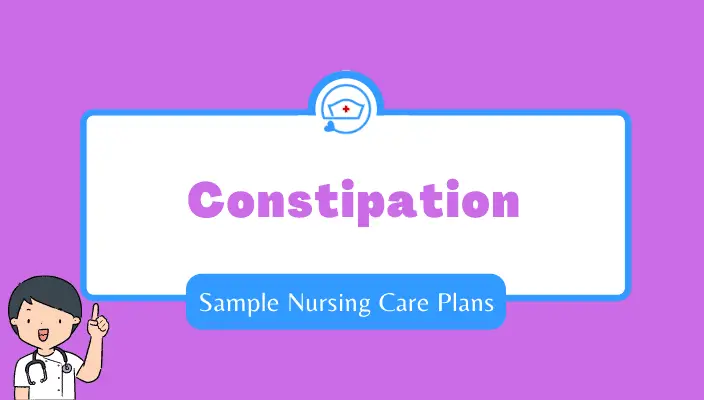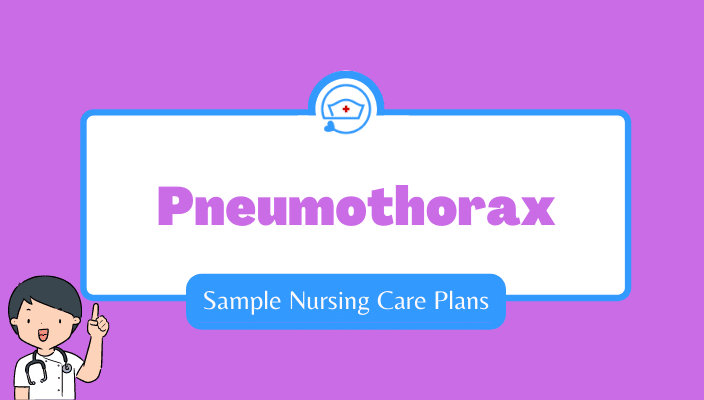Here we’ll create a scenario-based sample nursing care plan for Schizophrenia. It will include Schizophrenia nursing assessment, nursing diagnosis, desired outcome/goal, and nursing interventions with rationale.
Schizophrenia Case Scenario
A 16-year old male presents to the ED with his mother. His mother reports the patient has been acting strange lately, refusing to go to school or leave his bedroom. The patient hasn’t left the house in over 3 months and rarely interacts with or speaks to his mother.
On the rare occasions when the patient does speak, he’s angry and hostile and “says things that don’t make sense.” Apparently, the patient’s father passed away 2 years ago in a motor vehicle accident, but the patient has told his mom a few times lately that his dad was actually killed by an international assassin who is now out to kill him as well.
Upon assessment, the patient appears disheveled and untidy. When asked about the date and time the patient doesn’t make eye contact and responds with “no I’m not hungry.” The patient is jittery and restless but allows his vital signs to be taken, which are unremarkable.
After, the patient requests that the window be kept shut or “he’ll know I’m here.” When asked to elaborate, the patient says an assassin named Frank has been trying to track him down and kill him for the last 6 months which is why the patient had to isolate himself. He said he frequently sees Frank’s car outside his house or sees him standing in the forest behind his backyard.
The patient’s blood work is within normal limits and a head CT is negative for any acute process.
The patient is admitted to the hospital for Schizophrenia.
#1 Sample Nursing Care Plan for Schizophrenia – Disturbed thought process
Nursing Assessment
Subjective Data:
- The patient appears disheveled and untidy.
- He refuses to leave the house.
Objective Data:
- The patient thinks he is being tracked by an assassin who he frequently sees outside his house.
Nursing Diagnosis
Disturbed thought process related to neurological biochemical dysfunction secondary to schizophrenia as evidenced by paranoia, delusions, and hallucinations.
Goal/Desired Outcome
Short-term goal: The patient will show a willingness to participate in his care.
Long-term goal: The patient will actively participate in his treatment regimen, verbalizing a sense of control and symptom improvement.
Nursing interventions with rationales for Schizophrenia – Disturbed thought process
| Nursing Interventions | Rationales |
| Perform the SANS and SAPS tests (Scale for the Assessment of Negative or Positive Symptoms). | This test is a full analysis of symptoms, looking for 25 negative symptoms and 34 positive symptoms of schizophrenia. |
| Perform the positive and negative syndrome scale (PANSS) | The PANSS is a tool used throughout the course of schizophrenia treatment to analyze how well treatment is working. It’s a 40-minute interview with the patient and family about behavior, thoughts, reasoning ability, mood, etc. |
| For resistant symptoms, consider electroconvulsive therapy | ECT is quite effective at symptom control for schizophrenia, particularly for resistant symptoms that are not controlled with medications. |
| Provide education and information about crisis resolution teams. | These teams aim to treat people in the acute phases of a mental health crisis in the least restrictive environment possible, often at home. |
#2 Sample Nursing Care Plan for Schizophrenia – Anxiety
Nursing Assessment
Subjective Data:
- The patient is isolated and refuses to leave the house
Objective Data:
- The patient thinks he is being tracked by an assassin who he frequently sees outside his house
Nursing Diagnosis
Anxiety related to mental health crisis secondary to schizophrenia as evidenced by fear and paranoia
Goal/Desired Outcome
Short-term goal: The patient will stay safe and calm and establish trust with the healthcare providers.
Long-term goal: The patient will experience a reduction of fear and anxiety, and will be able to list a few coping strategies to utilize when these feelings arise.
Nursing interventions with rationales for Schizophrenia – Anxiety
| Nursing Interventions | Rationales |
| Speak slowly with the voice at a low volume. | Speaking clearly and slowly can lessen anxiety and promote a calm environment. |
| Maintain a calm, quiet environment with decreased stimulation. | Stimulation can increase confusion and agitation in a patient in the acute phase of a mental health crisis. |
| Observe the patient taking antipsychotic medications. | Medication noncompliance is common. Observing the patient to ensure they take their medications is essential to making sure they receive the intended medication effects. |
| Consider using the Hamilton Anxiety Scale. | A validated anxiety scale can quantify the severity of anxiety and can guide treatment. |
| Educate the patient about non-pharmacological anxiety-reduction strategies. | Meditation, yoga, guided imagery, and massages have all been shown to help reduce anxiety. |
#3 Sample Nursing Care Plan for Schizophrenia – Ineffective coping
Nursing Assessment
Subjective Data:
- The patient is fearful and isolated
Objective Data:
- The patient appears disheveled and untidy
- The patient is experiencing visual hallucinations
Nursing Diagnosis
Ineffective coping related to new mental health diagnosis as evidenced by fear, isolation, and untidy appearance.
Goal/Desired Outcome
Short-term goal: The patient will remain free of destructive behavior and will report a decrease in stress.
Long-term goal: The patient will use effective coping strategies and seek support and help as needed.
Nursing interventions with rationales for Schizophrenia – Ineffective coping
| Nursing Interventions | Rationales |
| Administer antipsychotics. | Various types of antipsychotics exist to control symptoms of schizophrenia. Common examples include Aripiprazole (Abilify) and Olanzapine (Zyprexa). |
| Anticipate starting cognitive behavioral therapy. | CBT is a way of identifying negative thinking patterns, then redirecting those thoughts to be more useful and realistic. |
| Consider family therapy. | Schizophrenia can be very challenging for a family. Family therapy can increase support and understanding. |
| Use therapeutic communication techniques such as active listening and empathy. | Therapeutic communication will encourage the client to verbalize fears and concerns and express emotions, thereby establishing a trusting relationship. |
| Include the patient in the plan of care. | Transparency and inclusion are effective strategies to provide the patient with a sense of control over their life. |
Conclusion
To conclude, here we have formulated a scenario-based nursing care plan for Schizophrenia. Prioritized nursing diagnosis includes disturbed thought process, anxiety, and ineffective coping.
Additionally, this sample schizophrenia nursing care plan comprises nursing assessment, NANDA nursing diagnosis, and interventions with rationales.
Recommended Readings & References
Herdman, T., Kamitsuru, S. & Lopes, C. (2021). NURSING DIAGNOSES: Definitions and Classifications 2021-2023 (12th ed.). Thieme.
Schultz, J., & Videbeck, S. (2013). Lippincott’s Manual of Psychiatric Nursing Care Plans (9th ed.). Wolters Kluwer Health | Lippincott Williams & Wilkins.
Townsend, M. (2015). Psychiatric Nursing: Assessment, Care Plans, and Medications (9th ed.). F. A. Davis Company.




